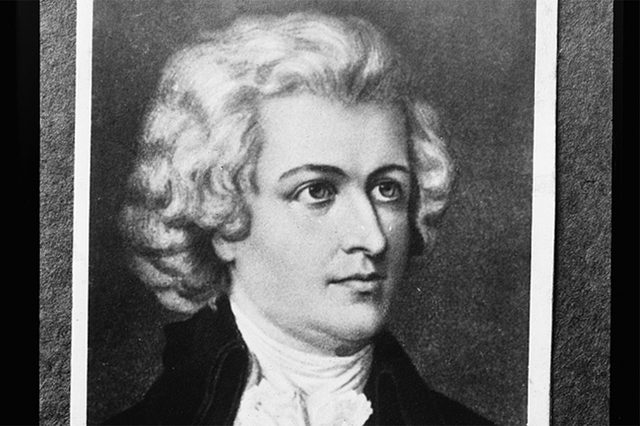Have trouble making yourself begin a project? Don't worry: you're in brilliant company.
5 Geniuses with Serious Procrastination Problems

Wolfgang Amadeus Mozart
Mozart wrote the overture for Don Giovanni in a single night—the night before the opera’s debut. The reason was simple enough: He was Mozart. The 31-year-old virtuoso could ostensibly compose entire symphonies in his mind—often while playing billiards—and at times he didn’t put pen to paper until he’d completed the entire piece in his head first. At Don Giovanni’s premiere, the ink on the overture’s sheet music was still wet from its last-minute copying, and there was no time for rehearsal. “Some notes fell under the stands,” Mozart said later, “but it went well.”

Franz Kafka
Kafka had a day job as an insurance clerk that provided the gloomy novelist plenty of time for existential brooding but little time to translate that brooding to fiction. However, when Kafka was promoted to a position that let him clock out at 2 p.m., procrastination became his new prison. In a letter to his fiancée, Kafka describes a typical day after work: “Lunch till 3:30 … sleep until 7:30 … ten minutes of exercises, naked at the open window … an hour’s walk … then dinner with my family.” When did the writing finally begin? Not until 11 p.m., sometimes continuing well up to 6 a.m. the next morning. Admittedly, not the best system: Kafka died at age 40, leaving many unfinished works behind.

Frank Lloyd Wright
Wright created his most famous structure at age 68—in about two hours. In 1934, Pittsburgh department store magnate Edgar Kaufmann Sr. hired Wright to design a retreat around the waterfalls of his forested Pennsylvania property. Wright visited the site and assured Kaufmann he had big plans. In truth, he hadn’t drawn a thing. Weeks became months, and on a Sunday morning, September 22, 1935, Kaufmann spontaneously decided to visit Wright’s studio and check his progress. He would arrive before lunch, Kaufmann explained over the phone, and was very excited to see the designs. With nervous apprentices watching and Kaufmann hours from his door, Wright finished breakfast, then drew up the plans for what became Fallingwater—an icon of modern design and a National Historic Landmark.

Hunter S. Thompson
Thompson was hired by Scanlan’s Monthly to cover the Kentucky Derby in 1970. From securing his press pass to meeting illustrator Ralph Steadman to actually writing the story, Thompson was chronically behind schedule. With the deadline looming and a Scanlan’s courier literally waiting at his hotel door, Thompson began ripping pages of verbatim notes from his notepad and shuttling them off to the press. He was sure this incoherent, slapdash piece would be the death of his career. He was wrong; “The Kentucky Derby Is Decadent and Depraved” won Thompson rave reviews, and his manic, first-person style spawned a reporting movement.

Victor Hugo
Hugo began writing The Hunchback of Notre Dame in the fall of 1830, against the brutal deadline of February 1831. He bought an entire bottle of ink in preparation but sincerely did not feel like writing. So he did what any sane man would do: He got naked. Locking away his clothes to avoid the temptation of going outside, Hugo was left with nothing to wear but a large gray shawl. According to his wife (the poor woman), this knitted, toe-length rag served as his uniform for many months. It worked; using up all his ink, Hugo finished the book weeks before deadline. He even considered titling it What Came Out of a Bottle of Ink … squandering the opportunity to turn in a literary classic called What Came Out of My Dirty Gray Jammies.



















